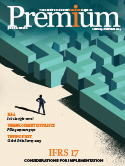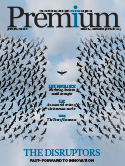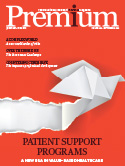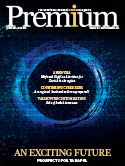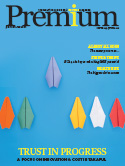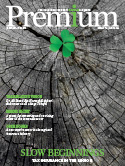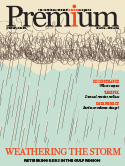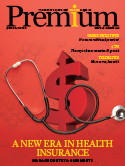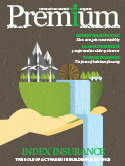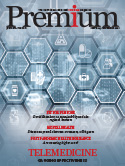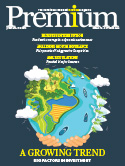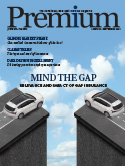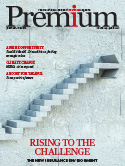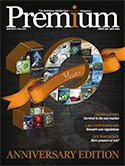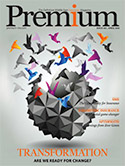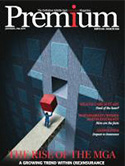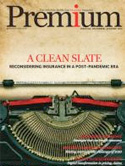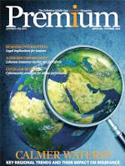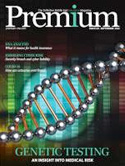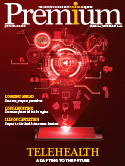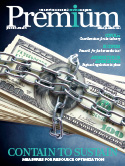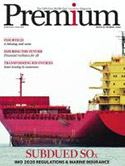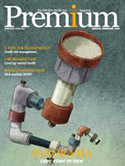Alternative capital to resume growth trend: Moody’s
Moody’s Investor Service recently published a report on alternative capital stating “With reinsurance pricing continuing to move up, alternative capital capacity is poised to break out above the USD100 billion level and resume its growth trend as higher pricing is likely to attract additional capital inflows from institutional investors.”
Over the past 15 years, alternative reinsurance capital – capital from investors in the form of collateralised reinsurance, catastrophe bonds and reinsurance sidecars – has grown from approximately USD22 billion at year-end 2007 to aroundUSD95 billion at Q2 2022, and currently constitutes about 15 percent of total reinsurance capital. Now firmly embedded into reinsurers’ risk and capital management frameworks, alternative capital is extensively used by reinsurers to lower their own total cost of capital, manage peak risk exposures, improve risk-adjusted returns and enhance their overall competitive positioning in the global reinsurance sector. Although poor returns over the past five years have stalled the growth of alternative capital, we think the continued positive pricing momentum for reinsurance will help restart growth for this key source of risk transfer capacity.
Following a decade of rapid growth after the financial crisis, the alternative capital market’s capacity has essentially been flat since year-end 2018. Above average catastrophe losses between 2017 and 2021 have resulted in poor returns, causing some investors to re- evaluate their commitment to the asset class.
Over the past several years, collateralised aggregate retrocessional (retro) coverages have been hit hard by the combination of increased catastrophe event frequency and large losses from secondary perils such as wildfires and floods. Going into the January 2022 renewals, an estimated USD15 billion to USD20 billion of alternative capital was “trapped,” resulting in an estimated 75 percent reduction in ultimate net loss (UNL) aggregate retro capacity.








